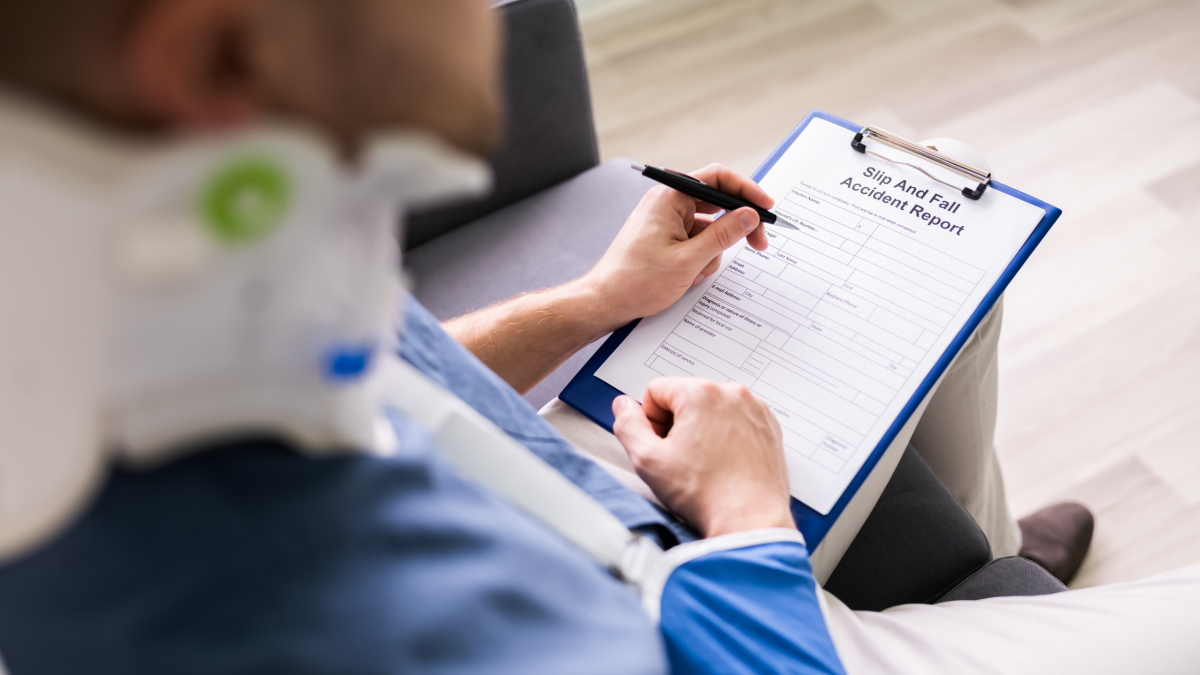How to Know if You Have Grounds for a Slip and Fall Injury Claim
UPDATE: Michigan Slip & Fall Law has changed. The information on this page was written prior to the change in the law and may be out of date. Please Click Here for updated information on the new law for Slip & Fall cases in Michigan.
If you are injured in a fall on someone else’s property, recovering damages from the landlord or property owner may seem like a straightforward matter. However, because of the complexity of Michigan slip and fall laws, a slip and fall injury claim is anything but simple. Contrary to what many people believe, not every slip and fall accident is grounds for a lawsuit. And, winning a large settlement usually requires the expertise of a knowledgeable personal injury lawyer. Accordingly, how do you know if you have a case? Here’s a guide to help you determine whether your case has the necessary elements for a successful outcome.
Establishing Premises Liability For A Slip and Fall Claim
Like many personal injury cases, a slip and fall injury claim is based on the legal concept of “premises liability.” Under Michigan law, as in most states, property owners and/or operators have an obligation to keep their premises safe and hazard-free. Therefore, a plaintiff has to establish the following factors:
- The person being sued (defendant) owns, leases or otherwise occupies the property and therefore has a duty to keep the premises free from potentially dangerous conditions
- The defendant failed to fulfill this obligation
- The defendant’s failure to keep the premises safe directly caused the plaintiff’s injuries
- The plaintiff suffered damages as a result of the defendant’s negligence
In other words, the victim’s injuries and accompanying losses must be a direct result of the defendant’s failure to maintain a safe environment. In addition, the plaintiff has to incur significant damages such as medical bills, lost wages and/or pain and suffering. It is fruitless to pursue a lawsuit over minor injuries such as soreness, bruises or scraped knees and elbows.
Was the Hazardous Condition Open and Obvious?
The “open and obvious” law presents a major challenge in most slip and fall claims. This statute law protects property owners from liability when a hazard is noticeable to an average person “upon casual inspection.” Unfortunately for victims, most hazardous conditions meet this criteria.
Recommended Reading: How the Open and Obvious Doctrine Impacts A Slip and Fall Case
Two Exceptions To The Open and Obvious Law For a Slip and Fall Injury Claim
However, there are two exceptions to the open and obvious law that make it possible for a plaintiff to prevail in a slip and fall injury case.
Exception #1) Unreasonably Dangerous
The first is when a condition is “unreasonably dangerous,” such as a 30-foot deep pit in the middle of a parking lot. Of course, a crater this large would be easily seen by anyone walking across the property. Nonetheless, because falling into such a deep hole would inevitably cause serious harm or death, the open and obvious defense does not apply.
Exception #2) Effectively Unavoidable
The second exception involves hazards that are “effectively unavoidable.” This means the victim had no viable options for avoiding the dangerous condition. This concept usually applies to victims who slip and fall as they are exiting a building, rather than those who encounter a hazard on the way in.
For example, suppose a person fell on an icy step or walkway as they were attempting to enter a building. In these instances, the courts presume the person could have chosen to avoid the hazard and return another time. On the other hand, suppose a visitor fell on a patch of ice on the way out of a building. In that situation, a plaintiff might overcome the open and obvious defense since remaining trapped inside was the only option for avoiding the hazard.
What If the Slip and Fall Accident Was Partly My Fault?
Did you fail to see a patch of ice because you were focused on your cell phone? Were you wearing high heels or shoes with slippery soles when walking on ice and snow? If so, your settlement could be affected by the Michigan statute known as “modified comparative negligence, MCL Section 600.2959.
Most personal injury settlements have two parts: economic and non-economic damages.
- Economic damages are tangible costs and losses such as medical bills not covered by insurance and lost wages for victims whose injuries prevent them from working.
- Non-economic damages, which are typically the largest part of a settlement, include intangible losses such as pain and suffering and loss of consortium. Under Michigan’s comparative fault statute, plaintiffs who are more than 50% at fault cannot recover non-economic damages.
In cases where the plaintiff is partly at fault, the settlement is reduced according to their percentage of fault. For example, suppose the victim won a settlement of $100,000 for a broken leg caused by slipping and falling on an icy sidewalk. Because the person was talking on the phone at the time of the accident, they were assigned 30% of the fault. Instead of receiving the entire amount of the settlement (less attorney fees), the plaintiff would receive 70% of the total, or $70,000 (less attorney fees).
What to Do (and Not Do) Immediately After a Slip and Fall Accident
Taking certain steps as soon as possible after you are injured can increase your chances of success if you decide to pursue legal action. On the other hand, some actions can hurt your case and should be avoided at all costs.
Do:
Seek Medical Treatment Right Away, Either at an Emergency Room or Urgent Care Facility
Describe the circumstances of your fall, including your pain level and any injuries you sustained. If possible, obtain a copy of the ER report when you’re discharged.
Call a Reputable Personal Injury Attorney Who Specializes in Slip and Fall Cases
Your lawyer will advise you on what steps to take and what you should avoid doing. Then, refer any calls or written inquiries from the property owner or their insurance company to your lawyer.
Follow up With Your Physician to Develop a Treatment Plan for Your Injury
This may include further diagnostic tests such as MRIs or specialized X-rays. If physical therapy is recommended, make the appointments and attend every session.
Do Not:
Give a Written Incident Report or Any Details to the Property Owner or Their Insurance Representative
While property owners or landlords may ask for this, you are not legally required to comply with the request. We recommend that you avoid completing an incident report for concern that the contents of the same could be used against you. There is nothing wrong with providing the store owner with your name and address, but try and avoid providing any details of the incident. Without a thorough knowledge of slip and fall injury law, victims often volunteer information that ends up hurting their case. Limit your statement to the time and location of your fall.
Never Talk to an Insurance Adjuster or Sign Any Forms Provided by an Insurance Company, Property Owner or Store Manager
If you are contacted by someone representing the property where you were injured, simply confirm that you fell and refer the caller to your attorney. Do not discuss your injuries or answer questions about how you are feeling. Never give a caller permission to record the conversation.
Put Experience On Your Side By Hiring an Experienced Accident Lawyer For Your Slip and Fall Injury Claim
If you were injured in a slip and fall accident on someone else’s property, contact us as soon as possible. The Sam Bernstein Law Firm legal team knows what is required to win a slip and fall case and we will fight to win the compensation you deserve.
Slip and fall law is complicated, but finding the right slip and fall attorney is simple.
Get your case started today by clicking the button below to fill out a brief form or calling 1-800-CALL-SAM for a free, no-obligation remote consultation from the safety of your home.
HAVE YOU BEEN INJURED?
Get The Bernstein Advantage® today!
Free. Simple. Quick.


